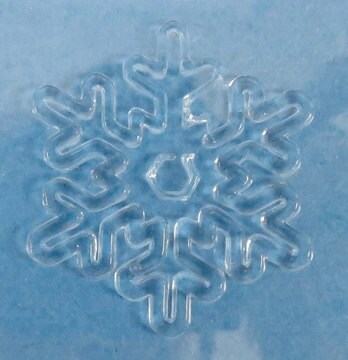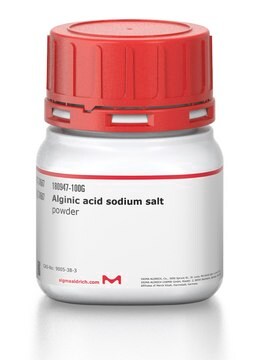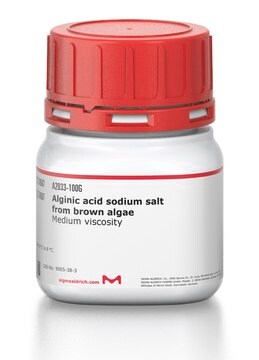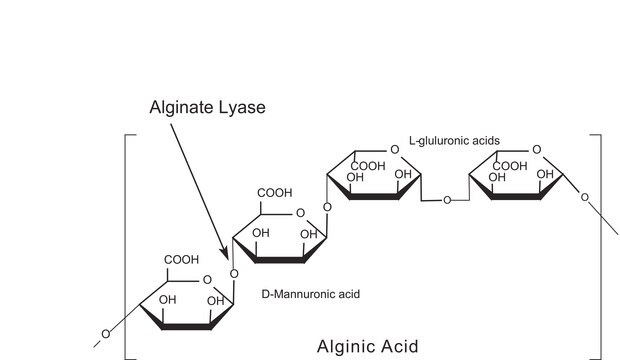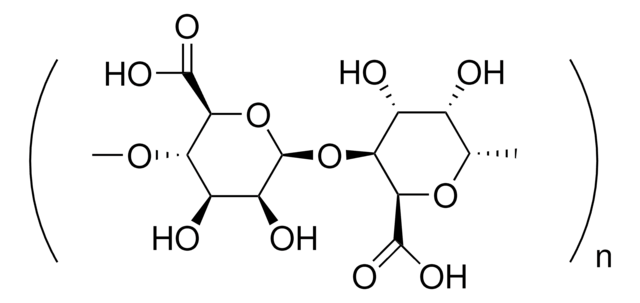Wichtige Dokumente
906913
TissueFab® bioink
Alg(Gel)ma -Vis/525 nm
Synonym(e):
Alginate, Bioink, GelMA-Alginate bioink, Gelatin methacrylamide, Gelatin methacrylate, Gelatin methacryloyl, Sodium alginate
About This Item
Empfohlene Produkte
Beschreibung
suitable for 3D bioprinting applications
Form
gel form (Viscous)
Verunreinigungen
≤5 CFU/g Bioburden (Fungal)
≤5 CFU/g Bioburden (Total Aerobic)
Farbe
colorless to pale yellow
pH-Wert
6.5-7.5
Anwendung(en)
3D bioprinting
Lagertemp.
2-8°C
Suchen Sie nach ähnlichen Produkten? Aufrufen Leitfaden zum Produktvergleich
Allgemeine Beschreibung
Anwendung
Verpackung
Rechtliche Hinweise
Signalwort
Warning
H-Sätze
Gefahreneinstufungen
Skin Sens. 1 - STOT RE 2
Zielorgane
Liver,Upper respiratory tract
Lagerklassenschlüssel
10 - Combustible liquids
WGK
WGK 3
Flammpunkt (°F)
Not applicable
Flammpunkt (°C)
Not applicable
Hier finden Sie alle aktuellen Versionen:
Analysenzertifikate (COA)
Leider sind derzeit keine COAs für dieses Produkt online verfügbar.
Wenn Sie Hilfe benötigen, wenden Sie sich bitte an Kundensupport
Besitzen Sie dieses Produkt bereits?
In der Dokumentenbibliothek finden Sie die Dokumentation zu den Produkten, die Sie kürzlich erworben haben.
Kunden haben sich ebenfalls angesehen
Artikel
Professor Shrike Zhang (Harvard Medical School, USA) discusses advances in 3D-bioprinted tissue models for in vitro drug testing, reviews bioink selections, and provides application examples of 3D bioprinting in tissue model biofabrication.
Unser Team von Wissenschaftlern verfügt über Erfahrung in allen Forschungsbereichen einschließlich Life Science, Materialwissenschaften, chemischer Synthese, Chromatographie, Analytik und vielen mehr..
Setzen Sie sich mit dem technischen Dienst in Verbindung.


